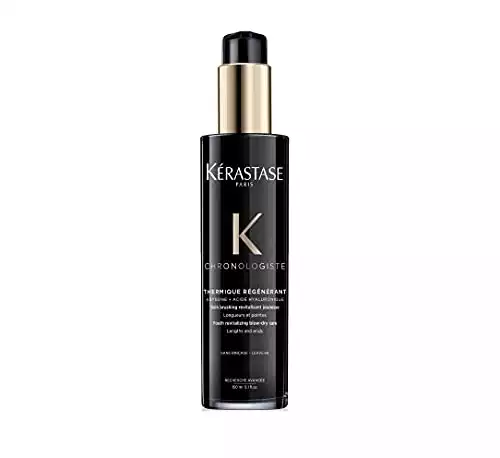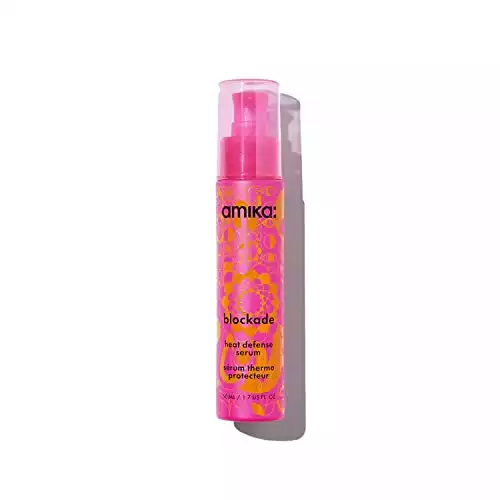Jump to:
It feels like there are millions of products on the market touting the benefits of heat protectant spray for your hair. So, we wanted to find out: do heat protectants work?
What Is Heat Protectant?
Heat protectants, usually in the form of a spray, work by slowing down the heating process and by distributing the heat more evenly on your hair. Chemicals such as polymers and proteins are used to create this effect.
While using a heat protectant won’t provide 100% protection, minimizing some of the damage caused by heat is a good idea. In this article, we’ll take a deep dive into all things heat protectants.
If you’re anything like us, you’ve seen the marketing and wondered if heat protectants live up to the hype. But fortunately for you, we’ve researched, so you don’t have to.
We’ll explore your frequently asked questions regarding heat protectants and whether these products are worth your time and money. If you’re using heat such as hair dryers, curling irons, straighteners, or more weekly, this is a must-read.
Here are some of the questions surrounding heat protectants that we’ll review.
- What chemicals are in heat protectants?
- What do heat protectants claim to do?
- How effective are heat protectants?
- Do heat protectants only come in sprays?
- What are the best heat protectants on the market?
- How do I best utilize my heat protectant?
The Chemicals Used in Heat Protectants
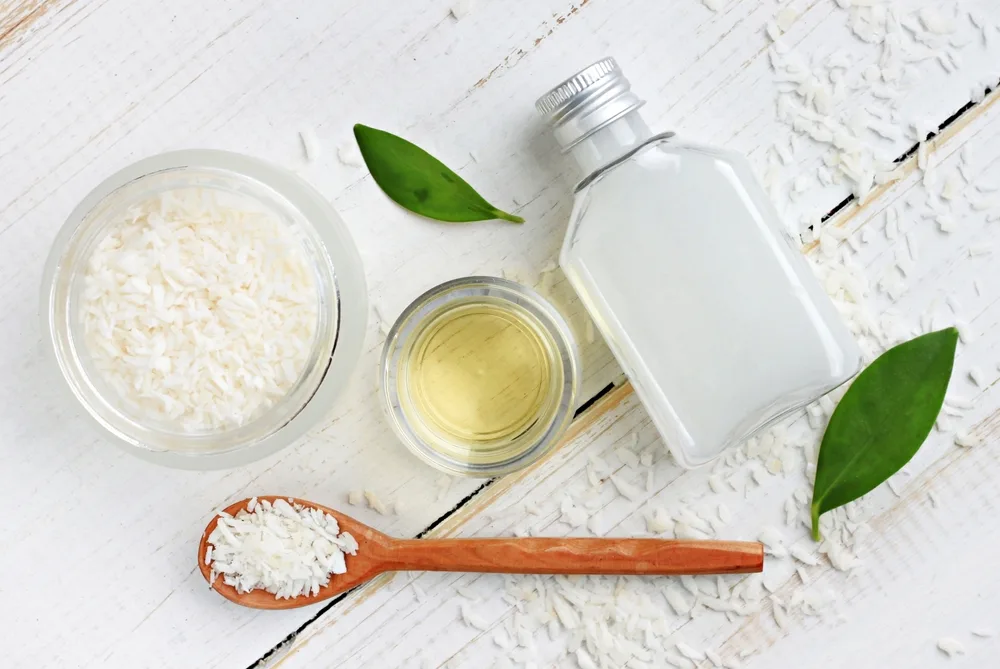
Anna Ok/Shutterstock
It’s 2022, and consumers want to know about the chemicals going into their food, household products, and, yep, you guessed it, beauty products. So, let’s examine the common ingredients in heat protectant products and why they’re there.
The most used and most widely studied chemicals in heat protectants are hydrolyzed wheat protein, silicones, quaternium 70, and PVP/DMAPA acrylates copolymer. The names sound a little scary, right? Let’s learn about what each ingredient is and why it’s there.
Hydrolyzed Wheat Protein
Let’s start with hydrolyzed wheat protein. You might be familiar with this one if you’re a hair care enthusiast. Wheat protein treatments are huge in the hair care scene due to the protein’s ability to lock in moisture to the hair cuticle and shaft.
Not only does this help your hair retain moisture, but it can also help strengthen your hair, too. No wonder wheat protein is a common ingredient in heat protectant products.
Dry, damaged, and brittle hair is the most susceptible to severe heat damage. Another added benefit is that it is derived from plants and has been approved for those with hypersensitivity issues.
Silicones
You might have an adverse reaction when you hear “silicone.” You may have seen some hair product companies boast about their products being silicone free. Silicones are a group of chemicals with a broad range of uses.
Commonly used in medical equipment, lubricants, cooking utensils, and sealants, silicones are all around us. When used in hair products, silicones offer a waterproof barrier between your hair and the heat applied.
Silicones lock your hair’s moisture in and minimize damage. Silicones are not considered toxic, though using too much of a product with silicone may leave a residue or buildup.
Quaternium 70
Quaternium 70 is a quaternary ammonium salt. It’s used in hair products as a conditioner. Like other heat protectant ingredients, the idea is to lock in moisture while providing a barrier against the heat.
PVP/DMAPA Acrylates Copolymer
What a mouthful, right? This ingredient was created by Ashland and is not only used as a heat protectant but for curl retention, conditioning, and volumizing effects in shampoos. This ingredient can be found in creams, gels, sprays, conditioners, shampoos, and more.
What Heat Protectants Claim to Do
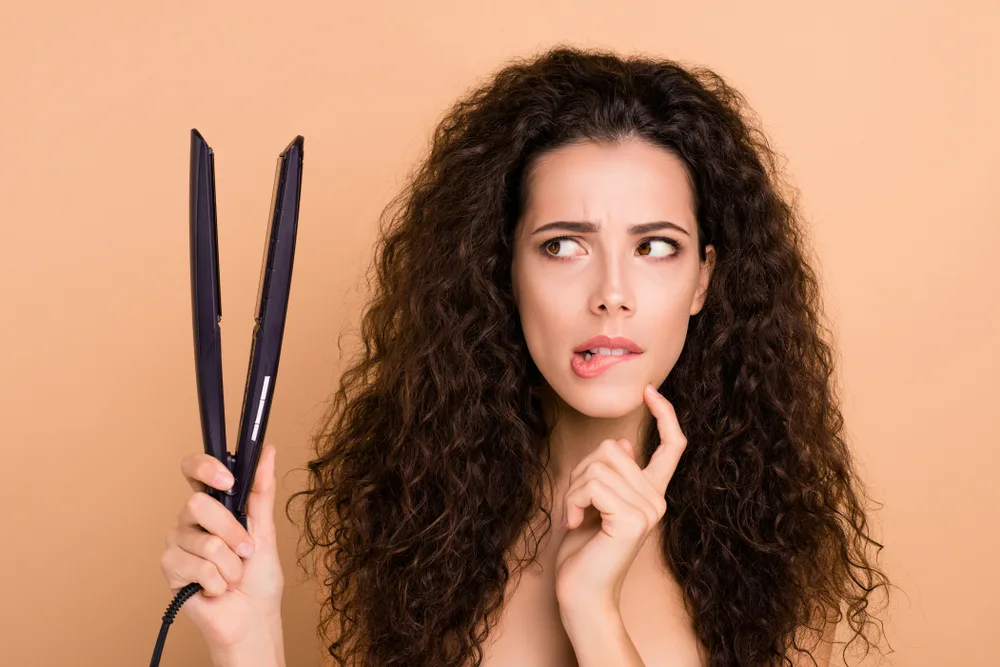
Roman Samborskyi/Shutterstock
The obvious answer is to protect your hair from heat. However, what we’re really asking is, how well do heat protectant products claim to do their job? Let’s take a look.
Living Proof’s Restore Perfecting Spray claims to offer protection at up to 400 degrees Fahrenheit. Moroccanoil’s Perfect Defense takes that protection a step further – up to 450 degrees.
Given that the average temperature one uses on a hair straighter is only between 250 and 375 degrees, these claims are pretty impressive. But what does the science say? That brings us to our next point. Let’s take a look at some studies to determine if these products live up to the hype.
Do Heat Protectants Work?
Thankfully, heat protectants do seem to hold up in the science world. One study found that heat protectants with polymers were effective at delaying heat damage.
Other studies have shown that those using heat protectants had about 10-20% less damage, with 50% being the very best.
Unfortunately, not enough studies exist to determine how genuine every product’s claim is. The bottom line is that heat protectants do offer some protection but be weary about every marketing claim you see.
Do Heat Protectants Only Come in Sprays?
It’s true that the most common product type for a heat protectant is a spray. Be sure to read the instructions on each product, but most can be applied to wet or dry hair.
After spraying, comb through your hair to make sure the product has been evenly applied. Sprays aren’t the only type of heat protectant on the market. There are creams, leave-in conditioners, and more.
Our Top Picks for the Best Heat Protectant
Let’s take a look at some of the most highly reviewed heat protectant products on the market.
Kerastase Thermique Blow Dry Primer
With nearly 3,000 positive reviews on Google, Kerastase’s heat protectant might be worth a try. This product has three main claims: a reduction in breakage, heat protection, and smoothing properties. Kerastase claims this product results in 85% less hair damage. Apply this cream to wet or dry hair.
Mongongo Oil Thermal and Heat Protectant Spray
This spray has also garnered some online attention with over 6,000 reviews and a 4.7-star rating. Customers love how hydrated their hair feels after using this spray. This product uses a unique formation of almond, argan, sacha inchi, and mongongo oils.
Amika Blockade Heat Defense Serum
If you want something more substantial than a spray yet less heavy than a cream, you might want to go for a serum. This lightweight serum has thousands of loyal fans and does not contain gluten.
How to Use Your Heat Protectant
Regardless if you prefer a serum, cream, or spray, it’s essential to use the product as intended for optimal protection. Read the instructions carefully to determine whether it’s meant to be applied to dry or wet hair. Most products say that it can be applied to either.
Make sure you apply the product evenly to your hair. When spread evenly, it ensures that all areas are protected. To minimize damage, don’t apply heat to wet hair.
However, if you’re blowdrying your hair, wait until it’s damp instead of soaking wet. After using your heat protectant product, run a brush or comb through your hair to ensure it has been applied evenly. Be sure to apply your product every time you use heat.
It may sound obvious, but heat protectants are designed to protect your hair against all kinds of heat. Examples of heat include but are not limited to hair dryers, curlers, and straighteners.
Many heat protectants offer benefits even if you do not plan on subjecting your hair to heat. Remember to check your product, but many tout other benefits such as smoothing agents, frizz reduction, UV protection, and hydration.
Frequently Asked Questions
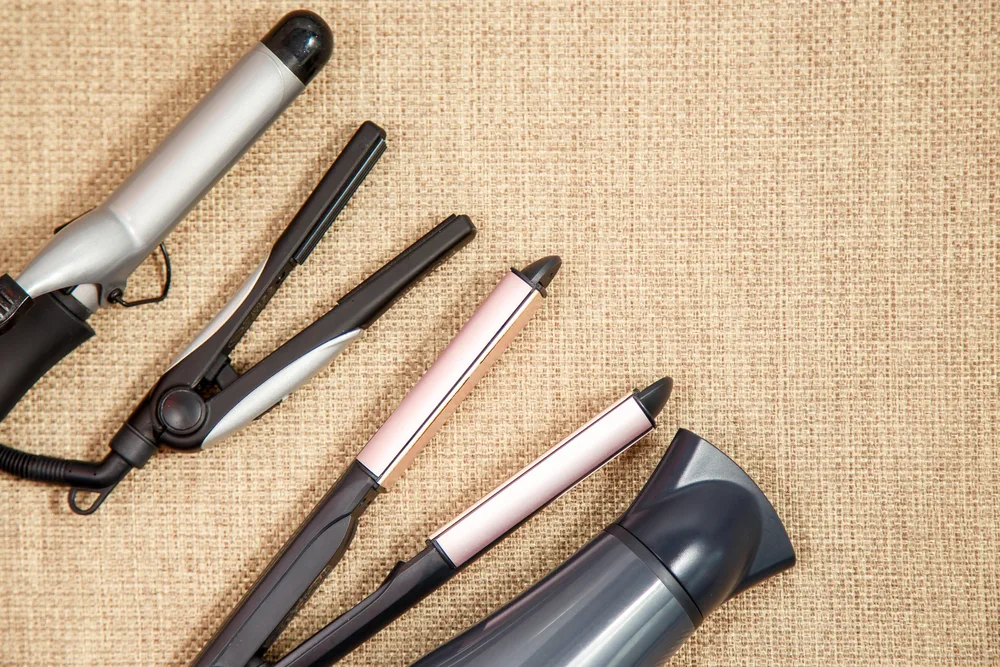
Artem Ermilov/Shutterstock
You’ve got questions regarding heat protectants and we’ve got answers!
Is heat protectant good for hair?
The short answer is yes! While a heat protectant may not protect you from all damage, studies show it does help.
Do I put heat protectant on damp or dry hair?
Typically the answer is either. However, check the directions on your product before proceeding.
Do you really need heat protection?
Applying a heat protectant is a good idea, especially if you regularly use heat on your hair. Otherwise, your hair may sustain extensive damage.
Are there natural alternatives to heat protectants?
Certain butters and oils are said to help reduce heat damage. Talk to your hairstylist to see what they recommend.
Can hairspray be used as a heat protectant?
Hairsprays and other holding products are not intended to be heat protectants. They can have a drying effect on your hair and should be used sparingly.
So, Do Heat Protectant Products Work?
The short answer is yes. Studies show heat protectants do have a preserving effect on your hair. They can minimize the long-term damage that heat can do to your hair. However, be wary of marketing claims.
While studies show that using a heat protectant is beneficial, it may not be as helpful as companies claim. Talk to your hair stylist for recommendations and determine your budget. There are hundreds of great products on the market that are effective at protecting your hair from heat.

